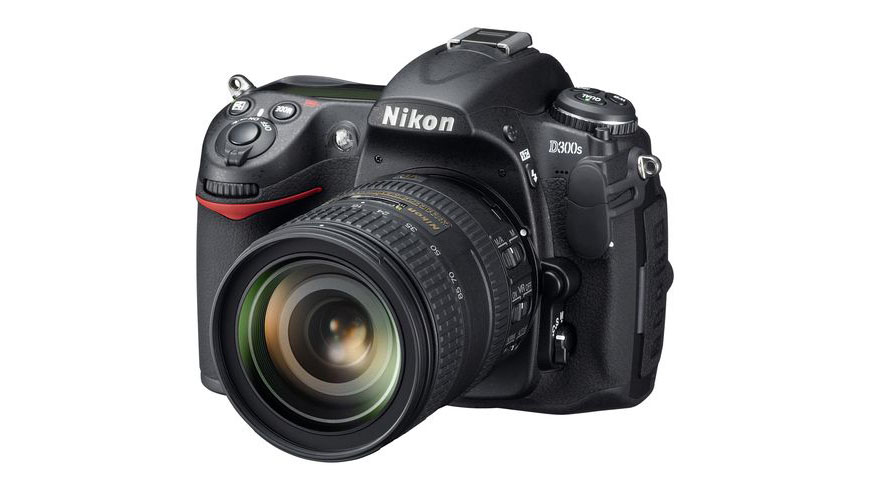Why you can trust TechRadar
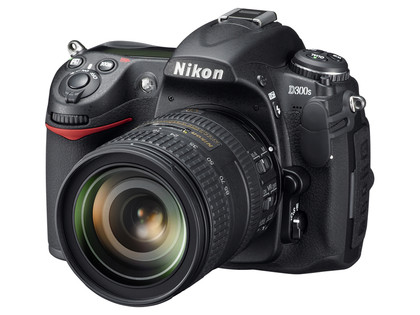
Inevitably, the Nikon D300S impresses when it comes to picture quality, but it's here that owners of current top-end Nikon cameras face a problem – the D300S is by no means a no-brainer upgrade.
The 12.3MP APS-C (DX-format, in Nikon-speak) CMOS sensor is the same as in the D300S, and the 51-point Multi-CAM3500DXAF system is identical too. Still, we couldn't fail to be impressed.
Colours were accurate and the 16-85mm, f/3.5-5.6 VR lens proved itself at both wide angles and zoomed-in.
Impressive ISO performance
The D300S, like the D300, can be pushed to a maximum of 6400 ISO. Images at this extreme were hit and miss, but at virtually every other level the D300S was superb. Even at ISOs of 2000 to 3200 we found only a few unusable shots, but the D300S really comes into its own at ISOs of 1600 and under.
Pure colours and nigh-on invisible noise mean you're unlikely to put the L 1.0 mode – equivalent to ISO 100 – to much use.
Nikon's trademark bells and whistles are present. The useful auto-ISO mode, for instance, allows you to set a minimum shutter speed that you want the D300S to start bumping the ISO, and Active D-Lighting is also present.
Nikon claims the latter gives images greater range, and it's true that you'll see some improvement in high-contrast shots.
Active D-Lighting
The D300S is the first Nikon to allow you to configure Active D-Lighting – you can pick from four levels of aggressiveness, plus Auto and turning it off altogether. We didn't notice a significant difference in every single one of our shots, but it offers improved lighting in some situations.
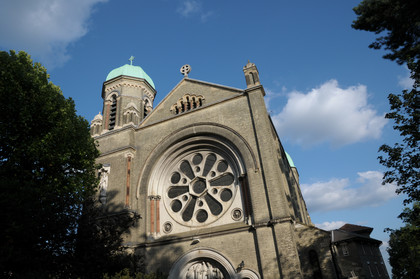
Active D-Lighting: off
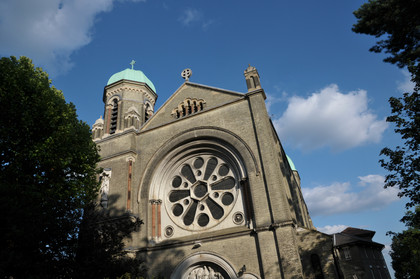
Active D-Lighting: low
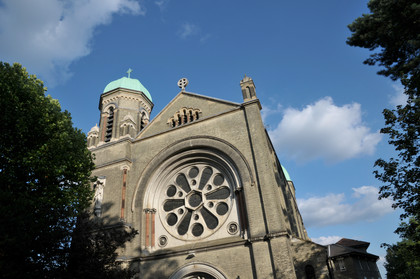
Active D-Lighting: normal
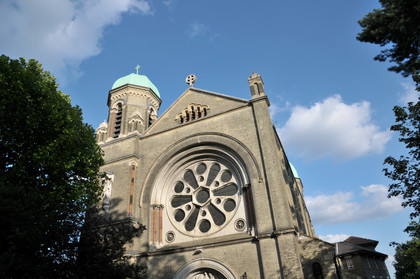
Active D-Lighting: high
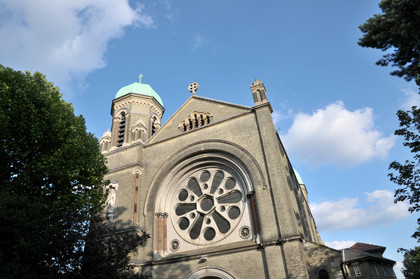
Active D-Lighting: extra high
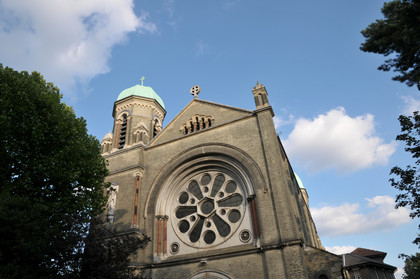
Active D-Lighting: auto
And when it comes to helping you get the pictures you want, the D300S offers an extraordinary amount of power.
Nikon reckons the D300S will manage up to 7 frames per second in its high-speed continuous mode, but our tests revealed even better performance. Timed with a stopwatch the D300S took 13 frames in 1.65 seconds – nearly 8fps.
It's so fast, in fact, that the low-speed continuous shooting mode becomes a necessity: the D300S is so fast it's hard to get your finger off the shutter release without it firing multiple times. In high-speed mode it took 13 shots before slowing down: with the low-speed mode set to 3fps it took 18 before running out of buffer.
Current page: Nikon D300S: Image quality
Prev Page Nikon D300S: Features Next Page Nikon D300S: Sample shotsDave is a professional photographer whose work has appeared everywhere from National Geographic to the Guardian. Along the way he’s been commissioned to shoot zoo animals, luxury tech, the occasional car, countless headshots and the Northern Lights. As a videographer he’s filmed gorillas, talking heads, corporate events and the occasional penguin. He loves a good gadget but his favourite bit of kit (at the moment) is a Canon EOS T80 35mm film camera he picked up on eBay for £18.
